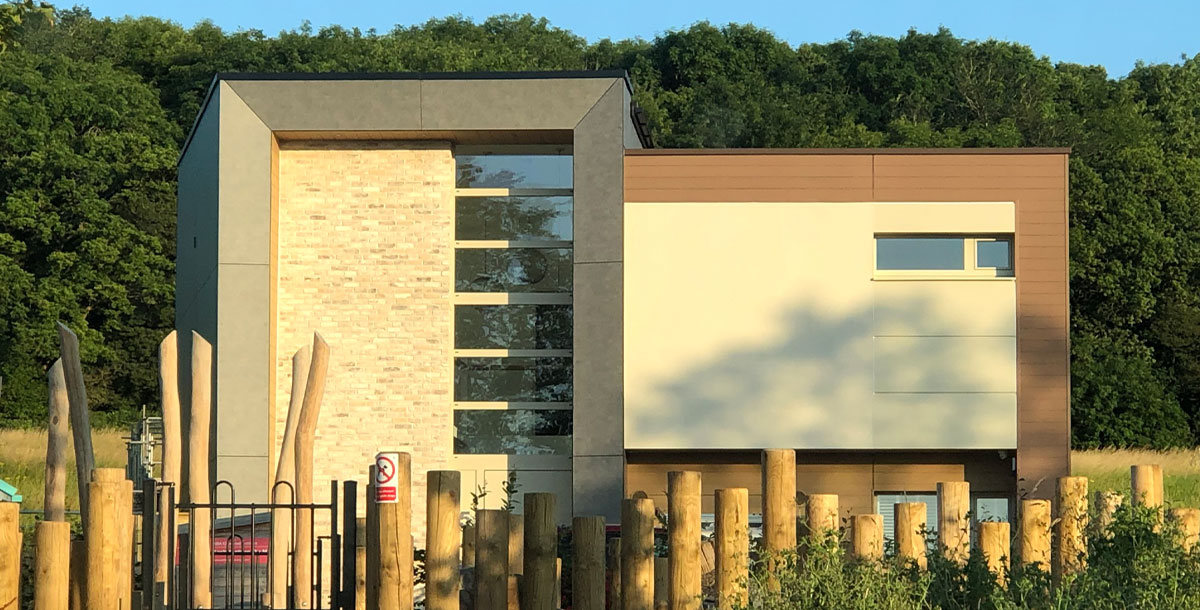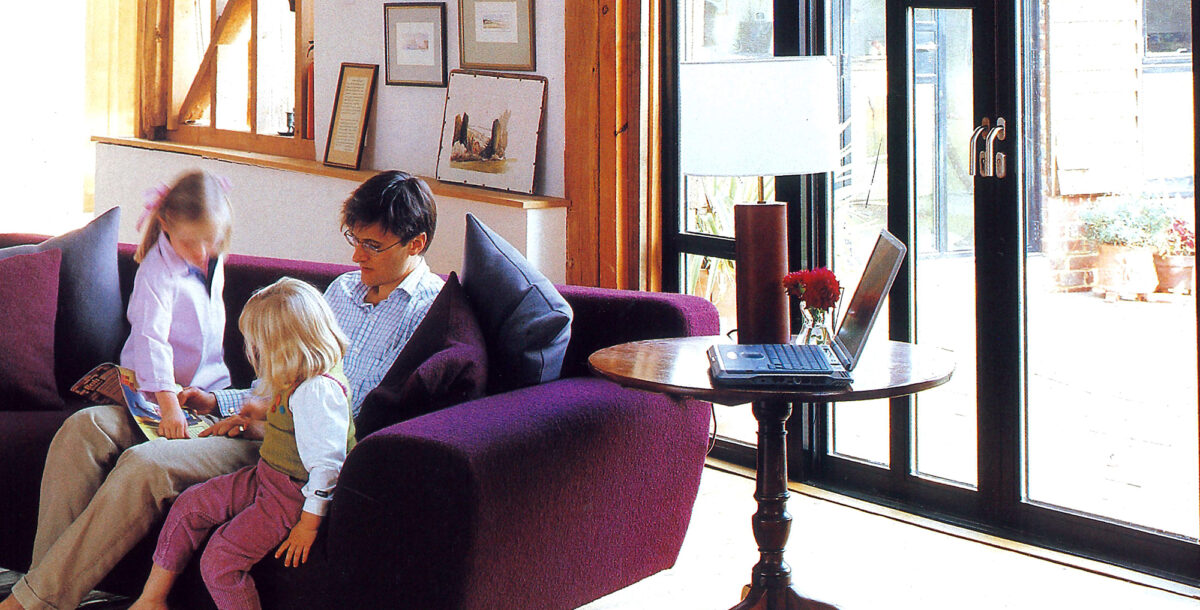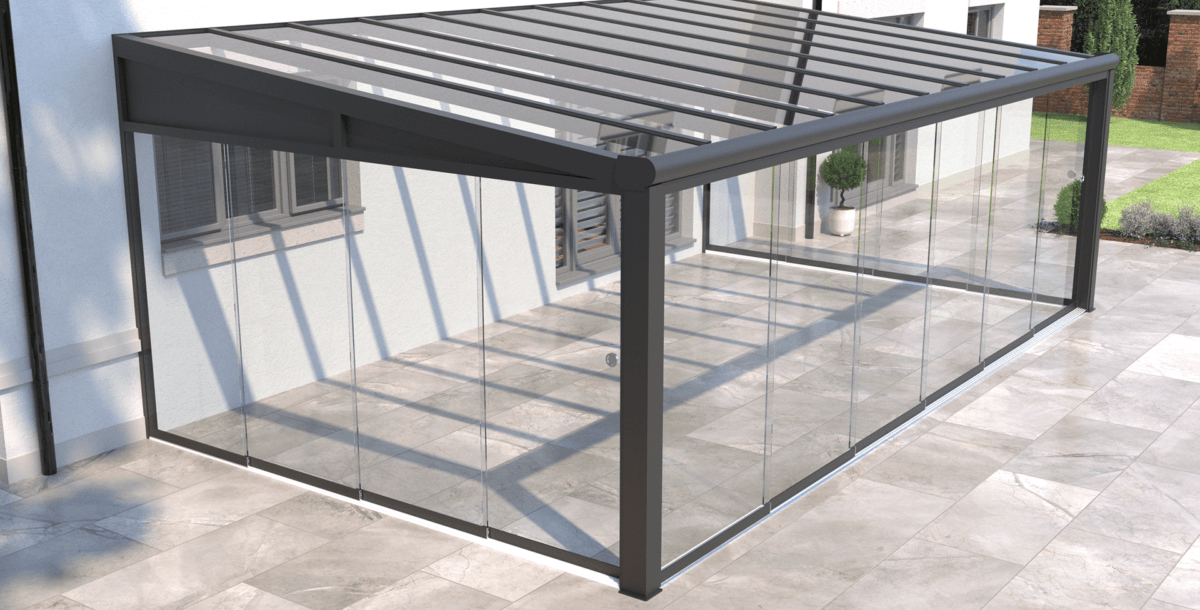5 things you should know before self-building
Make sure you do your research before embarking on building your own home
For many, designing and building your own home is the ultimate dream. Offering full creative freedom, little can compare to the feeling of looking back at your self-build journey and thinking, ‘I did that’.
Building a home isn’t for the faint hearted. From securing a plot, to the build itself, making this dream a reality can be challenging. However, the benefits outweigh the difficulties, and there is certainly a lot to get excited about. For those bold enough to take it on, Karen Curtin, managing director at Graven Hill, shares five key things to think about before getting started.
1. Finding a plot
Perhaps the most important part of any build is securing the perfect self-build plot. Self-builders must be prepared to invest time and money into finding the right plot – once this is secured, the real work can begin.
When it came to finding his plot, Robert Du Noyer, architect and self-builder at Graven Hill, said that being close to both countryside and the city was an important part of his decision: ‘As soon as I found Graven Hill, I knew it was the perfect option. Its unique ethos intrigued me, and I loved the sense of individuality that radiated from the site.
‘Its proximity to London, Bicester and the Cotswolds countryside ticked every box. Having lived in bustling Dubai for so long, I didn’t want to be too far away from the city, but the access to green space was equally important.’
Graven Hill’s Plot Passport helps streamline the process. In addition to providing all the relevant plot information and guidelines, the scheme speeds up the self-build process by guaranteeing planning permission within 28 days of registration.
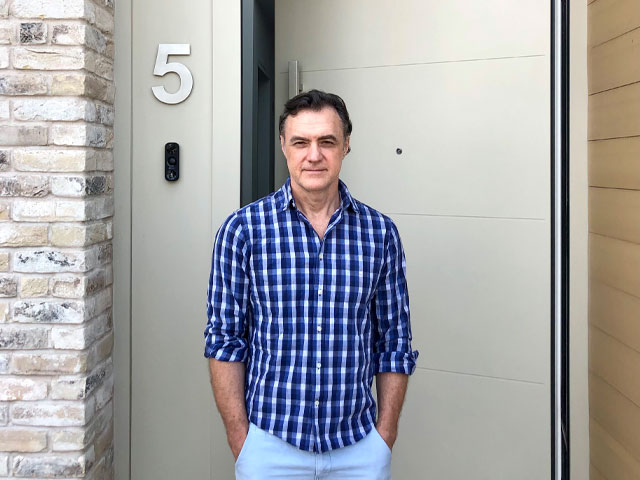
Self-builder Robert Du Noyer outside his new home. Photo: Graven Hill Village Development Company
2. Expect the unexpected
Rarely does self-building go exactly as planned. When undertaking such a huge project, it is important to be prepared for the unexpected, both physically and financially. Often, it’s the things that can’t be controlled that have the most severe impact, such as planning permission, severe weather, and supply issues.
While it is not always possible to prevent these things, certain steps can be taken to help reduce the cost, both to the build and overall. Making sure there is enough wiggle room in the budget can help reduce the stress if hiccups do occur. Schemes such as Help to Build and specific self-build mortgages can support the financing of projects, ensuring that money is the last of the worries.
Perfect for those building their own home, self-build mortgages provide funding in different stages as the build progresses. In addition to protecting the lender, these mortgages provide self-builders with some reassurance that funds won’t dry up halfway through construction.
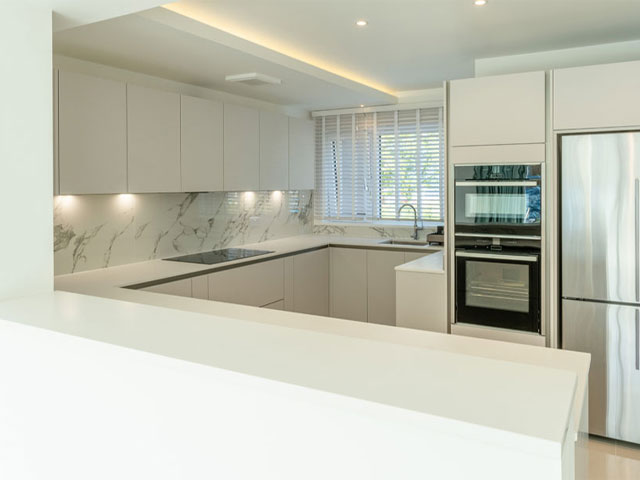
Inside Robert Du Noyer’s self-build home at Graven Hill. Photo: Graven Hill Village Development Company
3. Trust your builders
Once the construction work has started, it’s down to the site manager and contractors to build the home from the ground up. While some self-builders may choose to be their own project manager and do a lot of work themselves, choosing trusted and experienced contractors can help to ensure the build goes smoothly.
‘I carried out about 95% of the construction myself, which was more than I had planned,’ said Robert. ‘This helped to keep costs down, although it was physically demanding. Laying the first few ICF (Insulated Concrete Framework) blocks was an exciting moment for me, as it signalled the beginning of a lifelong dream coming true.’
For the self-builders opting to outsource a project manager, the pressure may be eased as they help to coordinate the build and ensure things keep to schedule – this is particularly helpful for those continuing to work alongside completing their build.
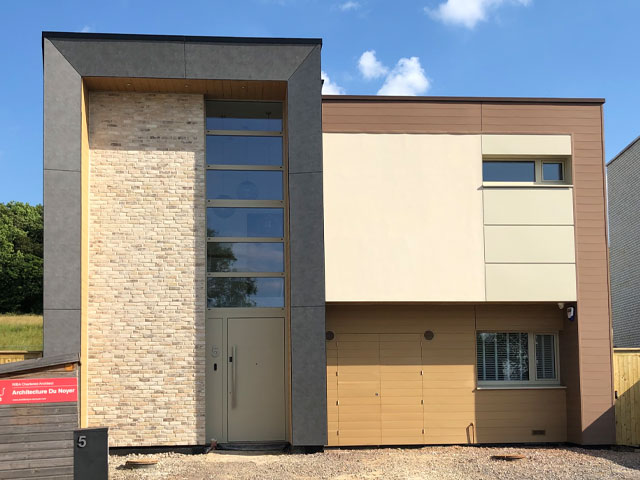
Being close to both city and countryside was part of Robert’s decision to build at Graven Hill. Photo: Graven Hill Village Development Company
4. Futureproof your home
Self-builders aren’t just building for now, they’re building for the future. Making timeless structural design choices or layouts that can be easily adapted over time are great ways to futureproof a home. For Robert, creating a bright, spacious home was key.
‘Natural light and plenty of space were my priorities. A large open-plan living and kitchen area, with high ceilings and cove lighting, has given the downstairs of the house an airy and contemporary feel that I love.
‘I believe that interior architecture makes a home, so my initial focus was very much on the internal aspects. After all, that’s where we spend most of our time.’
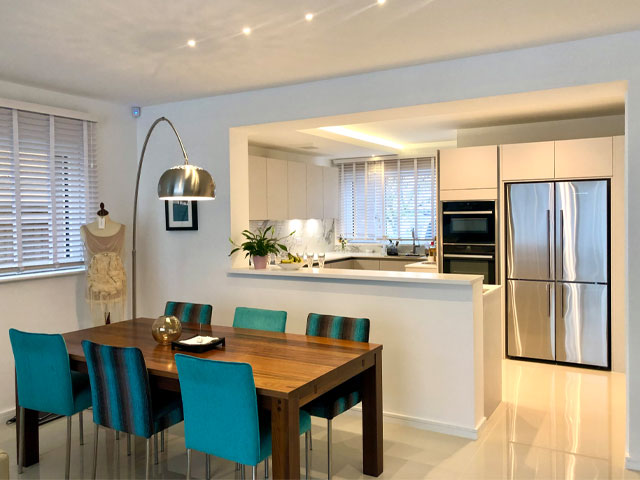
Natural light and plenty of space were Robert’s self-build priorities. Photo: Graven Hill Village Development Company
5. Do plenty of research
With a project as demanding as building your own home, there is no such thing as too much research. Self-builders should be aware of what’s involved in the process and have an exact idea of the type of house they are hoping to build. Speaking with other homebuilders is also a great way to guide expectations and prepare for the journey ahead.
‘Research is crucial, particularly regarding the building structure. This can’t be changed later down the line, so ensure you’ve picked one that truly works for you,’ said Robert.
There is nothing quite as rewarding as living in a home built from scratch. Being able to tailor the design, layout, and finish to suit the individual makes for a truly special experience.
For anyone considering a self-build project, don’t be afraid to bite the bullet and just do it!
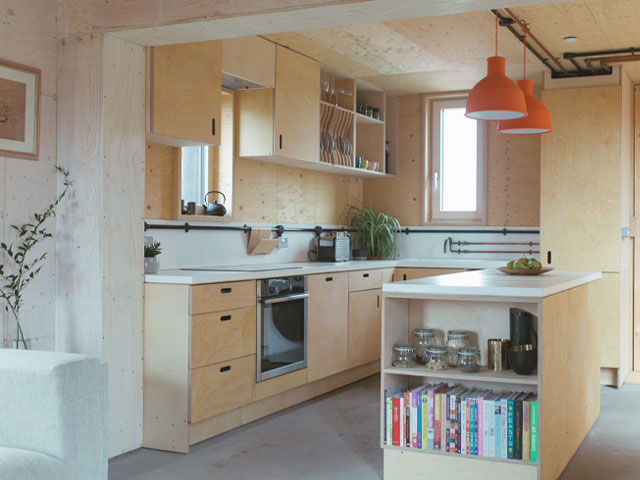
Inside Chris Haines and Roxanne Ford’s u-build box house, another Graven Hill self build. Photo: Lenny Codd

